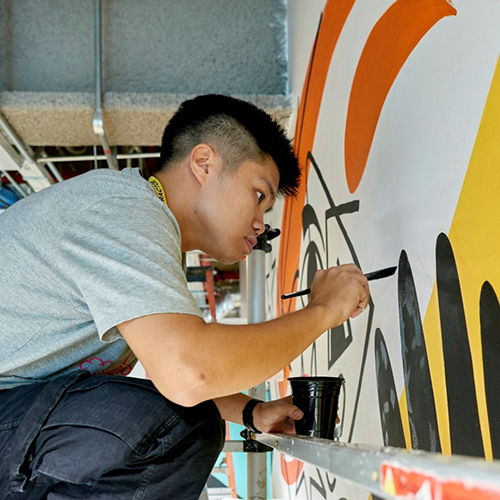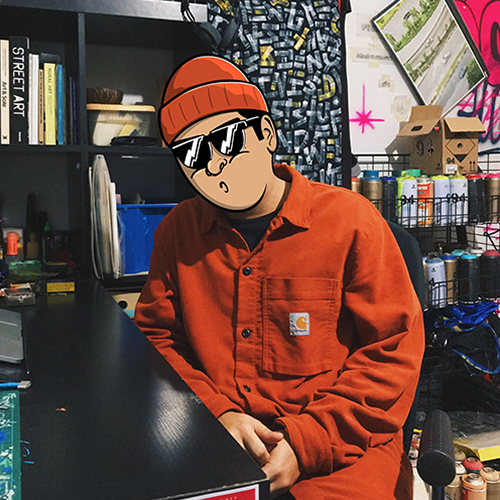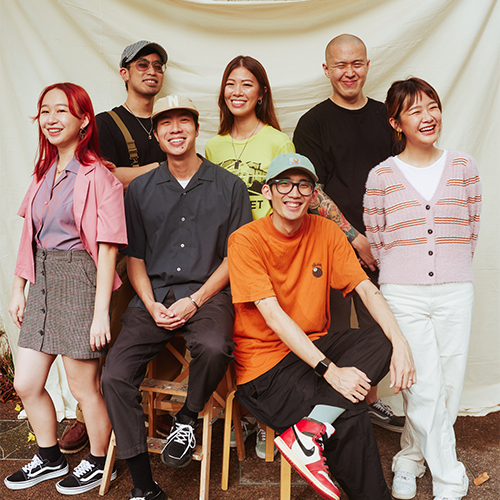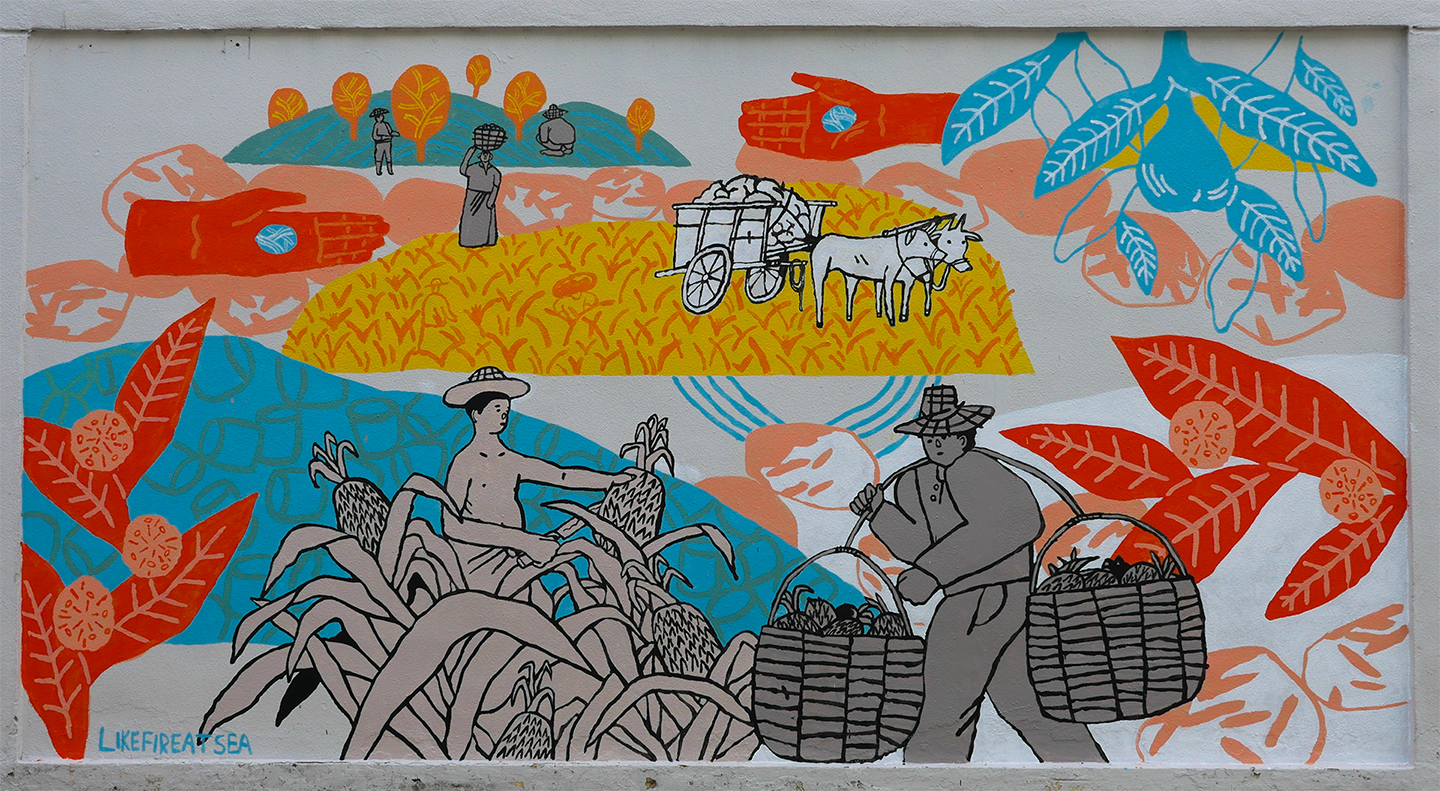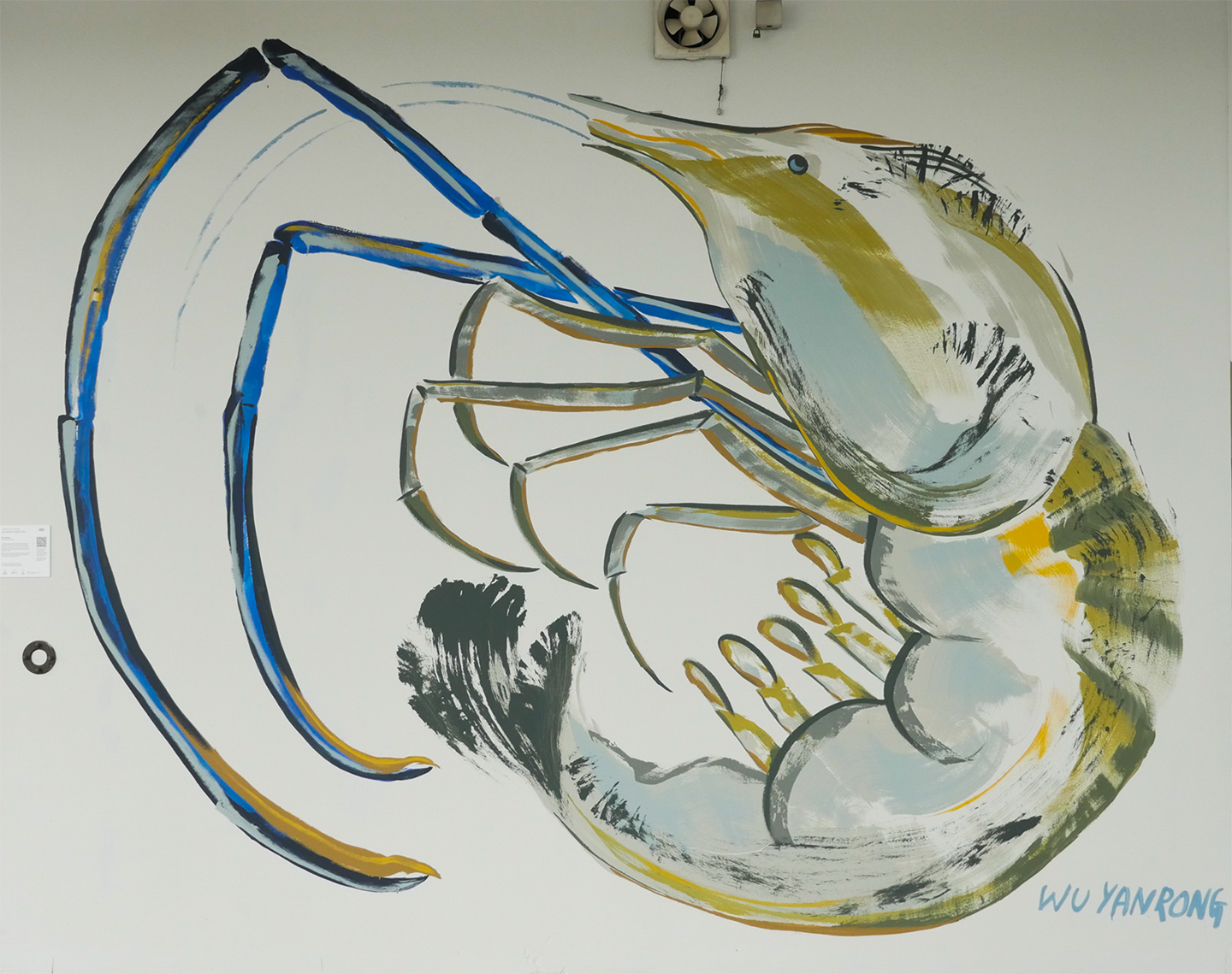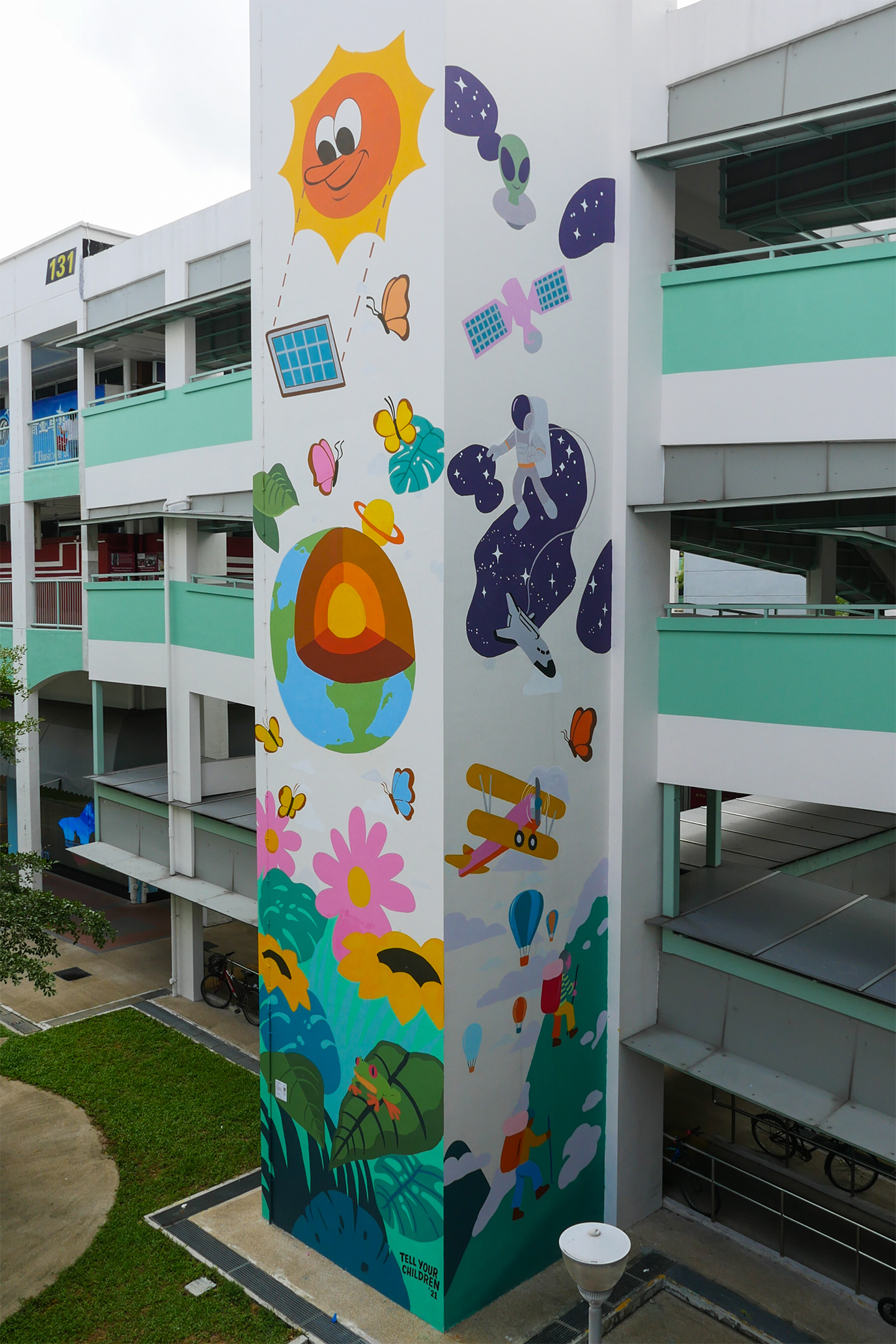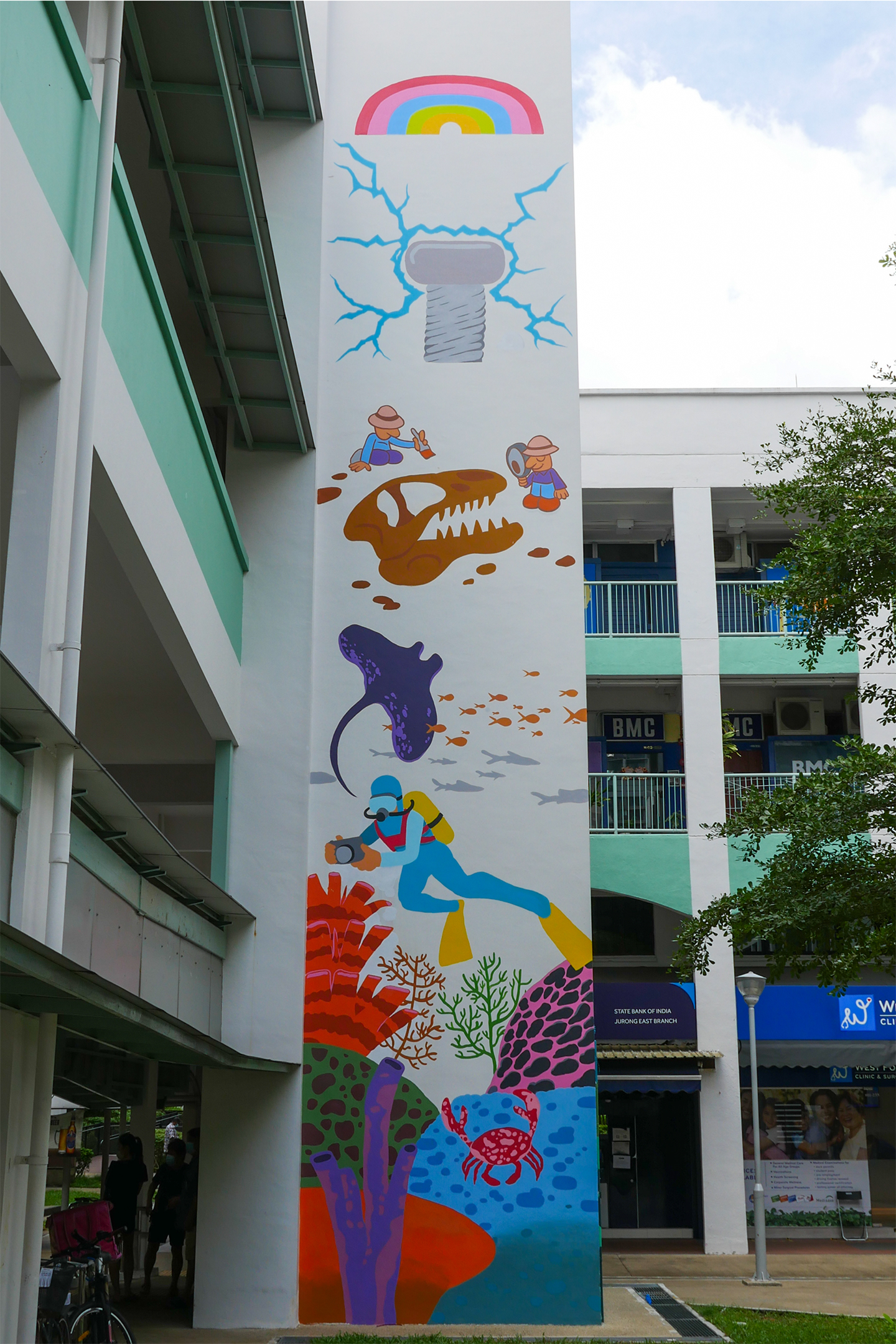A Fisherman's Dream
As part of AYN November 2021,
A Fisherman's Dream is a neighbourhood art trail
in central Jurong, retelling the vibrant history
of the estate through a series of
8 colourful murals and installations.
Curated and Produced by Tell Your Children.


